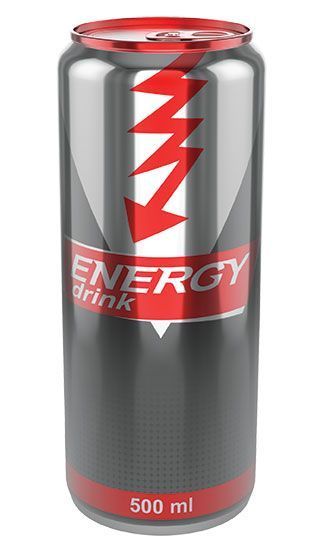Dangers In The Drink Aisle: The Truth Behind Energy Drinks & Dietary Supplements
By Karyn Brodsky | Staff Writer
How many times have you kicked back an energy drink just to get through the afternoon at the office? How many times have your kids done the same thing before a big exam? And how many times per year have people visited the ER due to this very activity?
The results are startling. Data collected by the McKinney, TX-based Taylor Hooton Foundation (THF), an organization dedicated to educating people about the dangers of Appearance and Performance Enhancing Drugs (APEDs), reveals that “over 20,000 emergency room visits per year are credited to high-energy drinks and shots” and several deaths result from their use each year. (Substance Abuse and Mental Health Services Administration, www.samhsa.gov)
It doesn’t stop there. Energy drinks are only one of the plethora of dietary supplements that are unregulated by the Food and Drug Administration (FDA). According to the FDA website (www.fda.gov/Food/DietarySupplements), “although dietary supplement manufacturers must register their facilities with FDA, they are not required to get FDA approval before producing or selling dietary supplements.” The THF goes on to say that many protein powders, creatine, protein shakes, pre-workout supplements and other products may contain banned substances like anabolic steroids, stimulants (including Methamphetamine), diuretics, and more. Donald Hooton Jr., THF’s Vice President of Education, whose brother Taylor took his own life at the age of 17 after using anabolic steroids, says, “as many as 25% of body building supplements are spiked or adulterated with anabolic steroids.”
How can you tell if dietary supplements contain harmful substances? Common sense would dictate that you read the label, but in this case, common sense is not enough. “Because these products are labeled as a dietary supplement they are not considered a food. Therefore we as consumers are relying on the product manufacturer to be truthful. Very few companies have their products third party certified by companies like NSF International to verify that what is actually on the label is what is in the product.” In fact, Hooton continues, “the average consumer will NEVER know if (the supplement) is safe. And, even if things like anabolic steroids were on the label, few would recognize them. For example, there are 200 different pseudonyms for testosterone alone.”
No warnings on the label, the sneaky addition of harmful ingredients, high caffeine content, and the potential for illness or death. What’s a parent to do?
Educate Yourself. Then act with caution and common sense. Hooton notes, “The average starting age to begin using dietary supplements, including creatine, protein, vitamins, energy drinks, is 10 to 11 years old. Many are given to them by parents.”
Hooton tells the incredulous story of the parent who asked him if she was a bad mom for stopping every morning at a gas station to purchase an energy drink for her 6-year-old before school. “Parents seem to think items are safe just because they’re sold at a grocery store, gas station, or local health food store,” laments Hooton. He advises parents to do their homework about the manufacturers of the dietary supplements, and consult with a sports dietician or someone who is trained in nutrition.
Watch What Your Kids are Ingesting. Hooton says to pay attention to the serving size of energy drinks. Most contain two servings and could cause a problem if the child finishes the entire can. For example, a cup of coffee may contain 150 mg of caffeine, while some of the energy drinks and energy shots could include as much as 500 mg per serving which is about 5 times as much as a typical cup of coffee and 10 times as much as a 12oz soda. Hooton adds that there are other ingredients in the energy drinks that we need to be aware of as well. While many energy drinks have a large amount of caffeine, many of them also contain other legal stimulants which ramp our heart rates while increasing energy and alertness, such as Taurine, Guarana, and B Vitamins. Of course, be sure to warn kids never to mix energy drinks with caffeine, pre-workout supplements, alcohol, or any other substances.
Regarding Steroids, Look for Signs Your Kids are Using. Hooton concedes that kids are secretive about using anabolic steroids, but there are telltale signs that would suggest your child is using or is taking a dietary supplement that’s spiked with anabolic steroids. “Look for puffy cheeks, acne on the back or chest (called androgen-induced acne), quick weight gain in a short time period, a sudden desire to work out all the time,” warns Hooton. “It’s impossible to work out that much without steroids or other drugs.”
By the Numbers
85 – The percentage of high school kids who say they have never had a coach, parent, or teacher talk to them about the danger of these drugs.
4,300,000 – The number of hits when you search “how to beat a steroid test”.
20,000 – More than 20,000 emergency room visits annually result from high caffeine/energy drinks and shots.
12,000,000+ – Number of kids who use unregulated over-the-counter dietary supplements.
12,600,000 – How many hits you’ll get when you Google “buy steroids”.
2,000,000 – Almost 2 million middle school and high school kids admit to using steroids…for appearance and performance.
You may also be interested in: The Taylor Hooton Foundation


